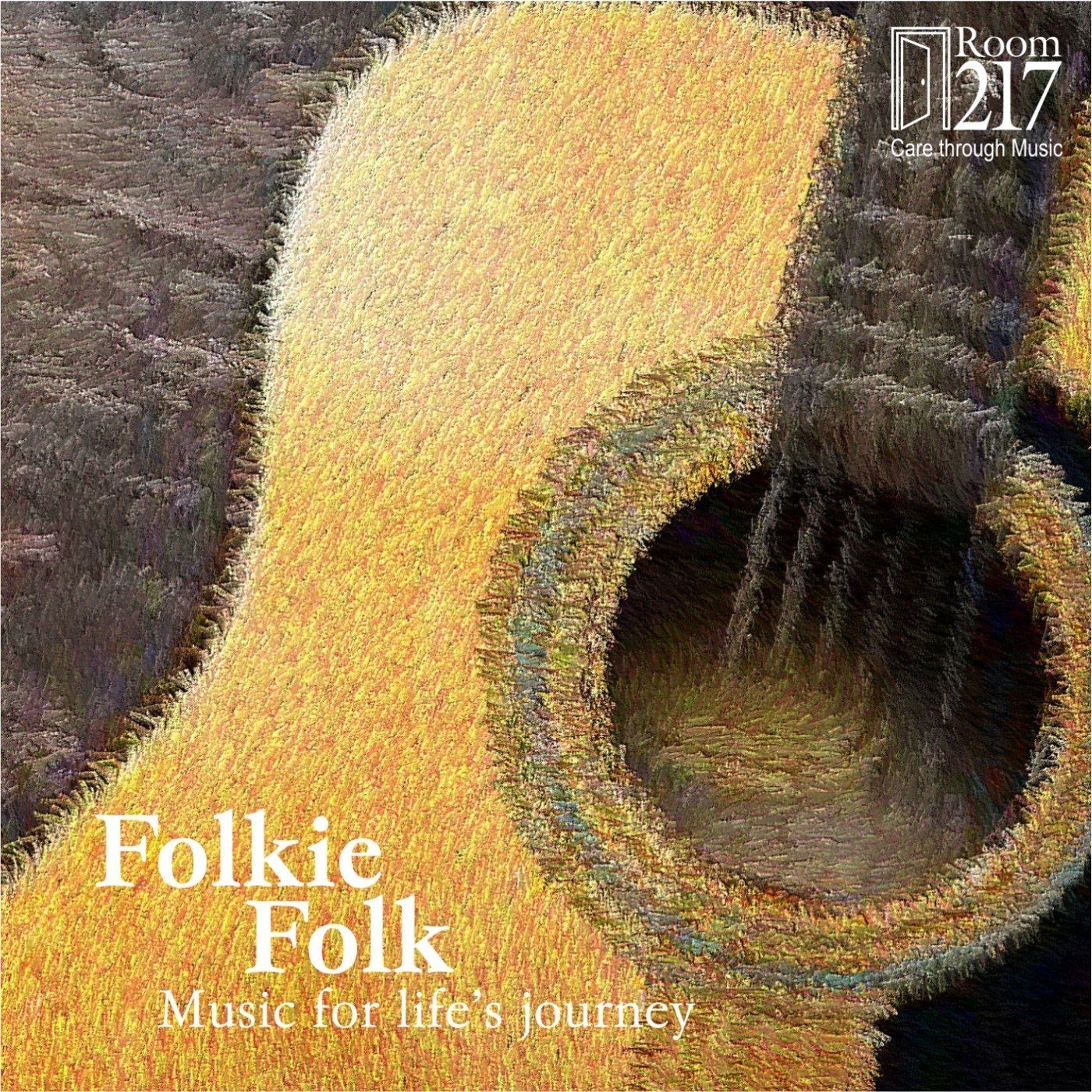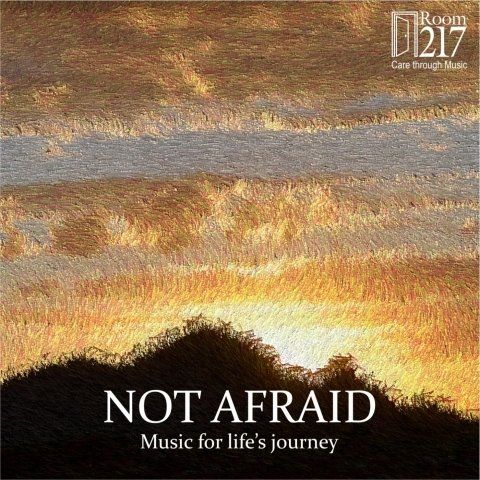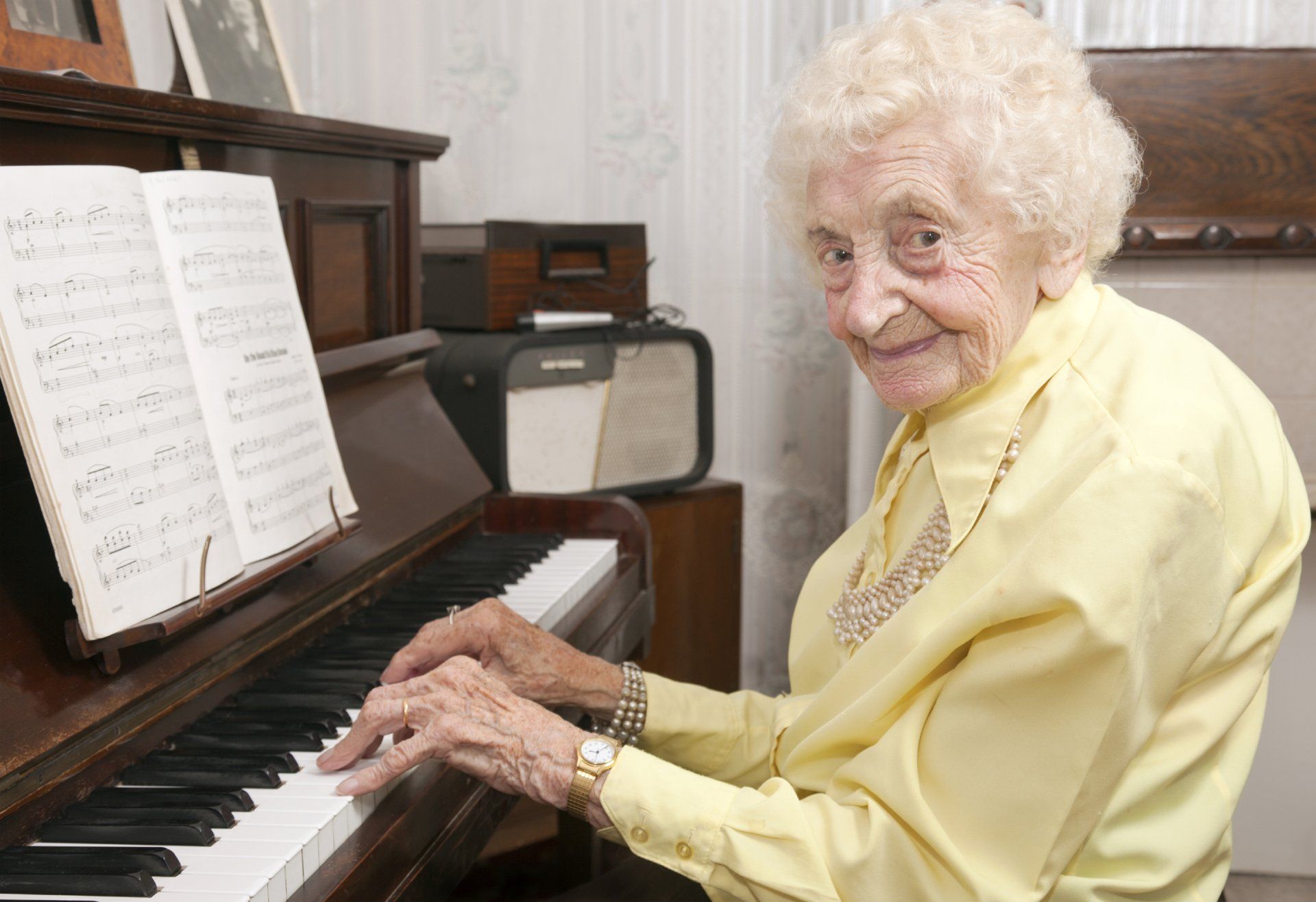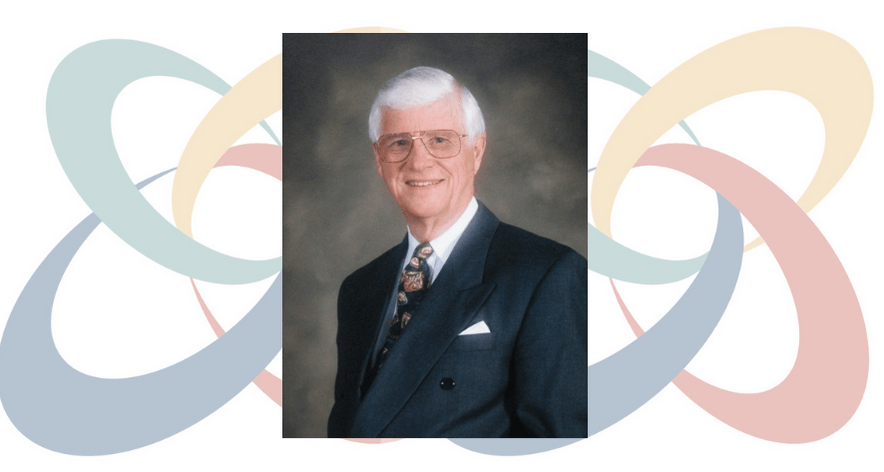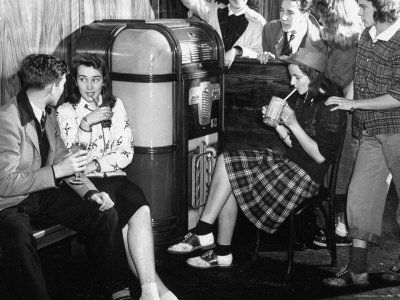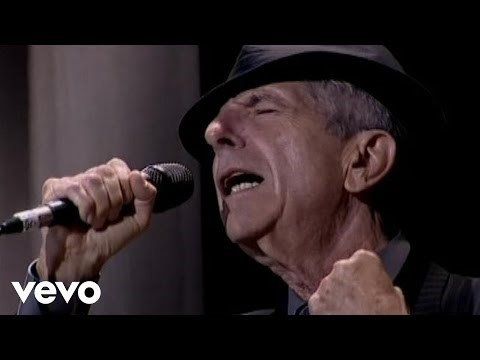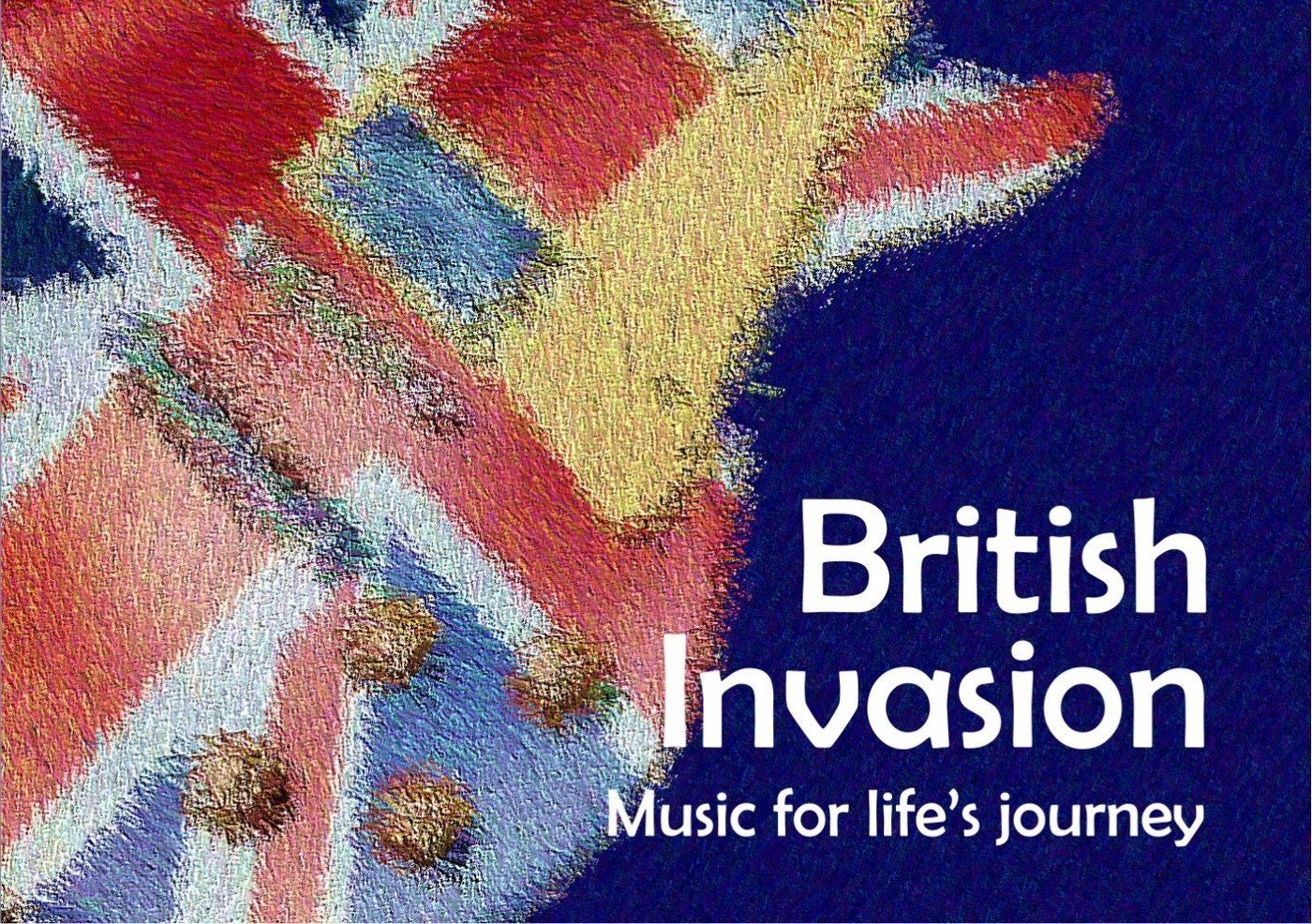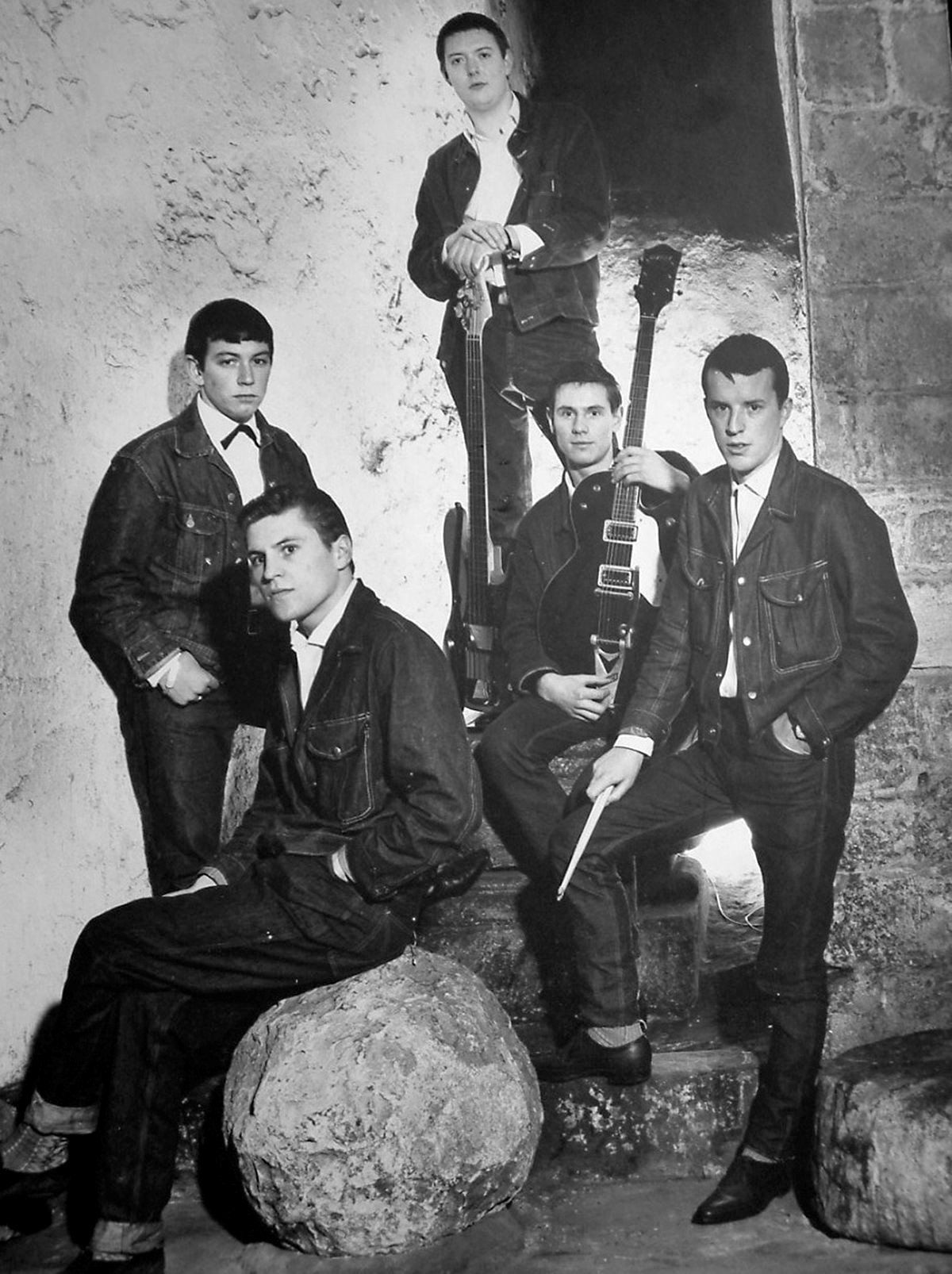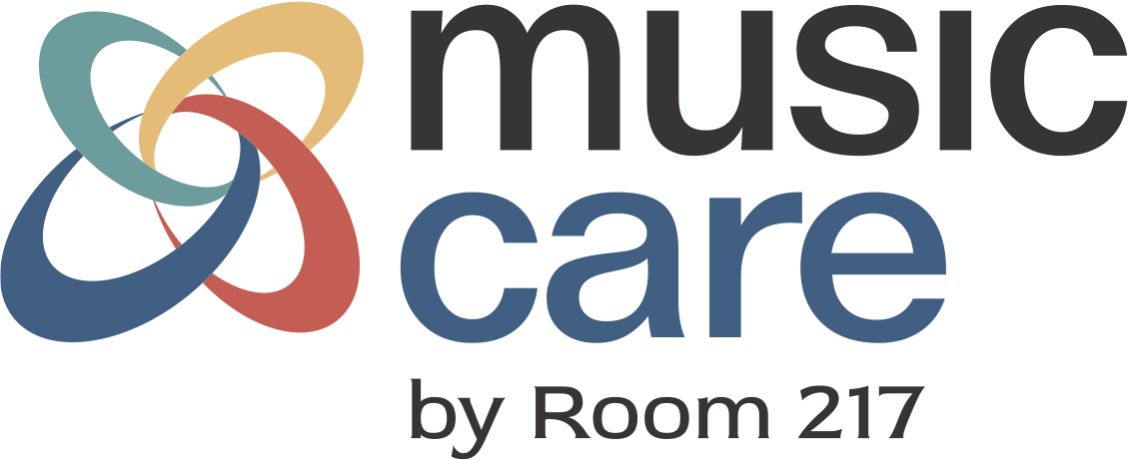Music and Neurodiversity - Attention-Deficit/Hyperactivity Disorder
Did you know that ADHD is one of the most common neurodevelopmental disorders in Canada? According to the Centre for ADHD Awareness, it affects 4-6% of adults and 5-7% of children or approximately 1.8 million Canadians. This means 1 in every 21 Canadians has the disorder.
So what is ADHD?
ADHD stands for Attention-Deficit/Hyperactivity Disorder. The DSM-V defines symptoms of ADHD as inattention, hyperactivity and impulsivity. Inattention might include failure to pay attention to detail and difficulty focusing and following through tasks. Hyperactivity might include excessive fidgeting and movement not appropriate to the situation, while impulsivity may include difficulty with turn taking or blurting something out. ADHD can be defined as a predominantly inattentive, hyperactive/impulsive or combined presentation, and often persists into adulthood. However sometimes the diagnosis is missed in childhood leading to a diagnosis later in life.
Persons with ADHD have lower levels of the neurotransmitter dopamine. Dopamine is involved in attention and memory, movement, reward and motivation. A study from Lyon University found that listening to the music you like will increase the release of dopamine from your brain.
Curious to know more about how music can support persons with ADHD?
Well, music is often used to practice attention skills. Attention can be broken down into four types: sustained, selective/focused, alternating and divided. Did you know that learning to play an instrument can help develop different memory and attention skills? For example, while playing piano you have to sustain your attention on the task, alternate your attention between the music and your hands, as well as divide your attention between the treble and bass clef. If you catch yourself playing a wrong note, you might also pause to practice the passage.
Other examples of attention exercises might include responding to different musical cues with music and movement. For example, to practice selective/focused attention a music therapist might have the client drum along to a beat with distractions in the background and a distinct musical cue that indicates stop and start. Another example of an alternating attention exercise might look like clapping if you hear the drum and swaying if you hear the guitar - this requires you to switch your focus between two different sources! Overall, attention exercises are important for improving focus on tasks, filtering out distractions and multitasking.
Persons with ADHD often struggle with executive function. Executive function is our ability to plan, organize and make decisions etc. Research suggests that music therapy can improve executive functioning. Improvisational music playing and musical composition can help a client work on these skills in a pleasurable and motivating environment! In order to create a musical composition you have to plan and organize the structure, making decisions about your creation along the way.
Finally music can also help with stress management and emotion regulation. Music and progressive muscle relaxation or movement can help calm the body and mind, as well as get rid of excess fidgeting. Improvisational music playing, listening and creating can also provide a means of self-expression in order to regulate one’s emotions.
No matter your age - music can help improve attention, reduce hyperactivity and create pleasurable experiences for persons with ADHD.


